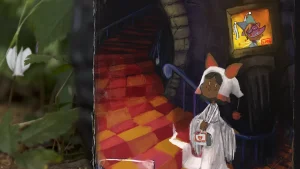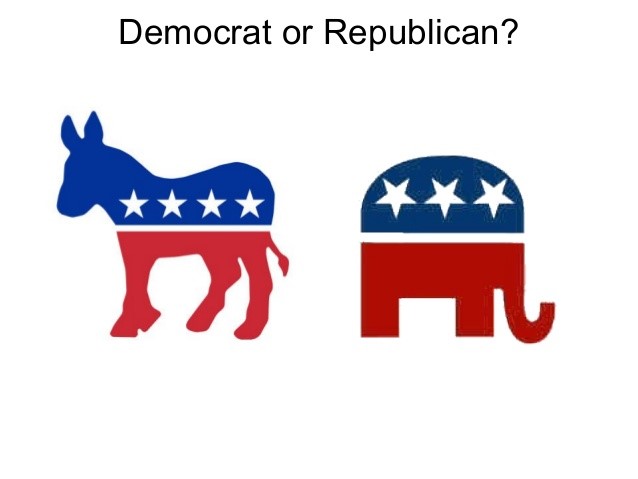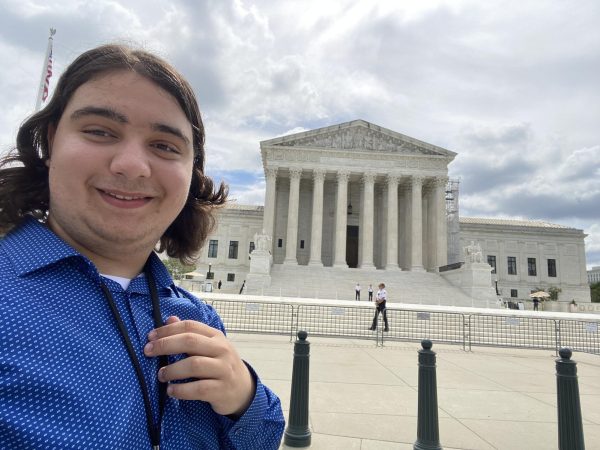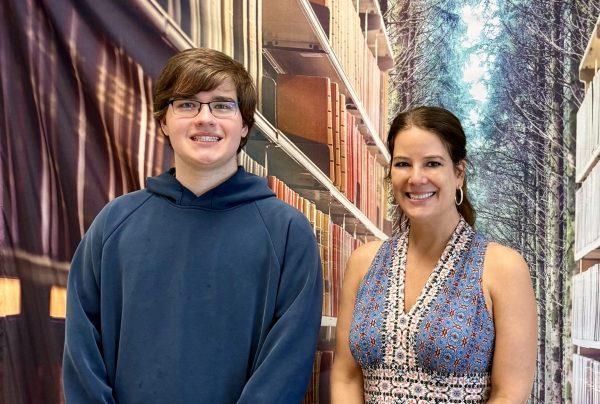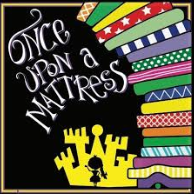OPINION: The lesser of two evils
The Democrat and Republican parties are always against each other, hence their symbols facing away from each other.
The way the current election system is run is tyrannical and unconstitutional.
The recent election has been the buzz of the nation. With Covid-19, black lives matter protests, and various other things in recent months affecting the state of the country, many felt this was the most important election in years. The turnout showed this, as the country had the highest voter turnout since 1968, with over 148 million votes counted. Nearly all of these votes went to either Joe Biden or Donald Trump, even though many people felt that neither candidate was suitable for the position.
There were three types of voters in the election: Trump supporters, Biden supporters, and those who voted for the lesser of two evils. Almost every adult I spoke to during this process used this exact phrase: “The lesser of two evils.” If one doesn’t want someone to win, they use their own vote as ammunition against them by voting for the other major candidate regardless of if they support them or not. This is not an uncommon practice. According to a survey conducted before the 2016 election, “ 33 percent of Trump supporters and 32 percent of Clinton voters attributed their choice in candidate to an opposition for the other candidate.” Voters have been voting for the lesser of two evils for several elections.
The first section of the Constitution gives the American people popular sovereignty. This means that government and political power is derived from the citizens. The main way this is expressed is in the people’s right to vote. However, when such a large amount of people are voting for the lesser of two evils, this right is not being properly used. The question that is brought to mind the most in this situation is: Why are people voting for the lesser of two evils? Why not vote for a candidate who they support? There are three main reasons why this concept has taken such a major place in elections:
The factor that likely contributes the most to this premise is the two-party system that takes place in the United States. Long before one can vote, citizens are exposed to the Democratic and Republican parties that dominate elections. Many don’t know about parties such as the Libertarian party, the Green party, and the Constitutional party. The ones that do know about them often would not consider voting for them. Democratic and Republican candidates tend to have much more funding to work with then the third party candidates. Campaigning is expensive, and many ‘third-party’ candidates tend to not be able to keep up due to the monopoly the two parties have on the flow of information. Ad space, speech space, and even space on the ballot itself are more difficult to obtain for third party candidates than for Democrats and Republicans.
When one is asked who they are voting for, if they state an independent or third party candidate, they are accused of throwing their vote away. One of the main reasons for this perception is the electoral college. It is felt as if voting for a candidate that is not a part of the two parties that dominate the political system will not affect the outcome, as the majority of people in the state and the representative will not vote in this manner. This, in a sense, adheres to the bystander effect. The bystander effect is when the presence of others discourages someone from acting. In this scenario, since it is the general perception that the majority of people will vote for those candidates, people will not act against this. In reality, if everyone were to vote for a third-party candidate, either they would be elected, or the electoral college would prevent such likely leading to a revision of the system.
The third main reason many will not consider voting for a candidate they prefer is the inconsistency of state ballots. The Democratic and Republican candidates are guaranteed to be on all 50 ballots. However, the other candidates have to go through a much more complicated process in order to be on each state’s ballot. Because of this, the number of candidates on each ballot is different. According to Ballotpedia, in the 2020 election, ballots had anywhere between three candidates and twenty-one candidates. Due to this large range, many candidates don’t have an actual chance to win the presidential election. In addition, the way the election functions is determined by the state. In non-presidential elections, certain states, including Pennsylvania, have chosen to follow a closed primary system. In other words, one has to register as either a Republican or Democrat in order to vote. This creates a bias as well as an uneven system as only nine states have fully closed primary systems.
In four years, another presidential election will be held. By then, the majority of students currently enrolled in high school will be able to vote. Many students are not excited about this opportunity, as, rather than using votes to express one’s own voice, the elections have become voting for the lesser of two evils.
Two evils should not be our only choices in regards to the future of the United States of America.


